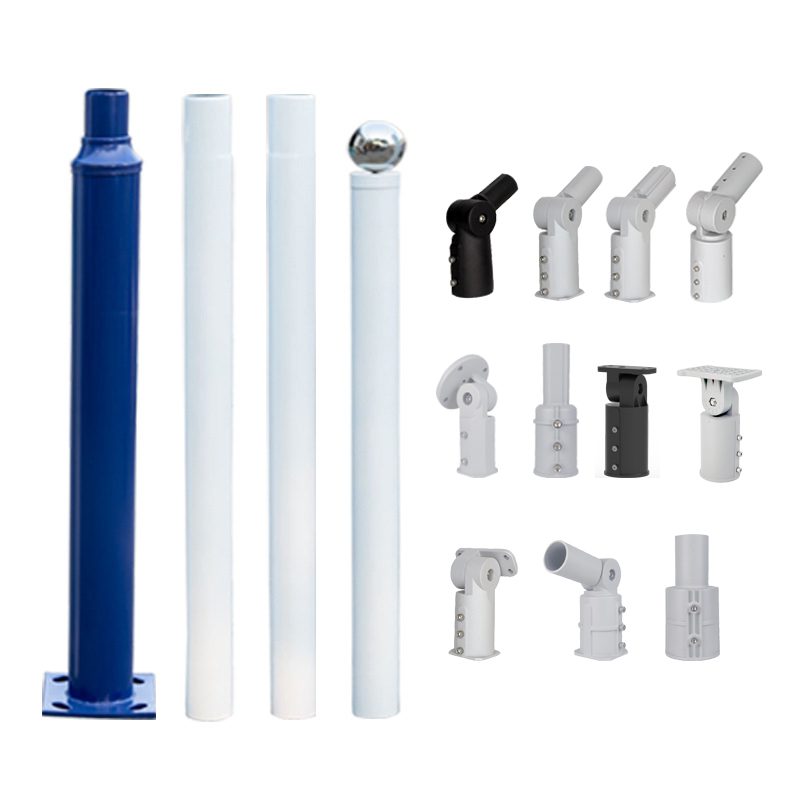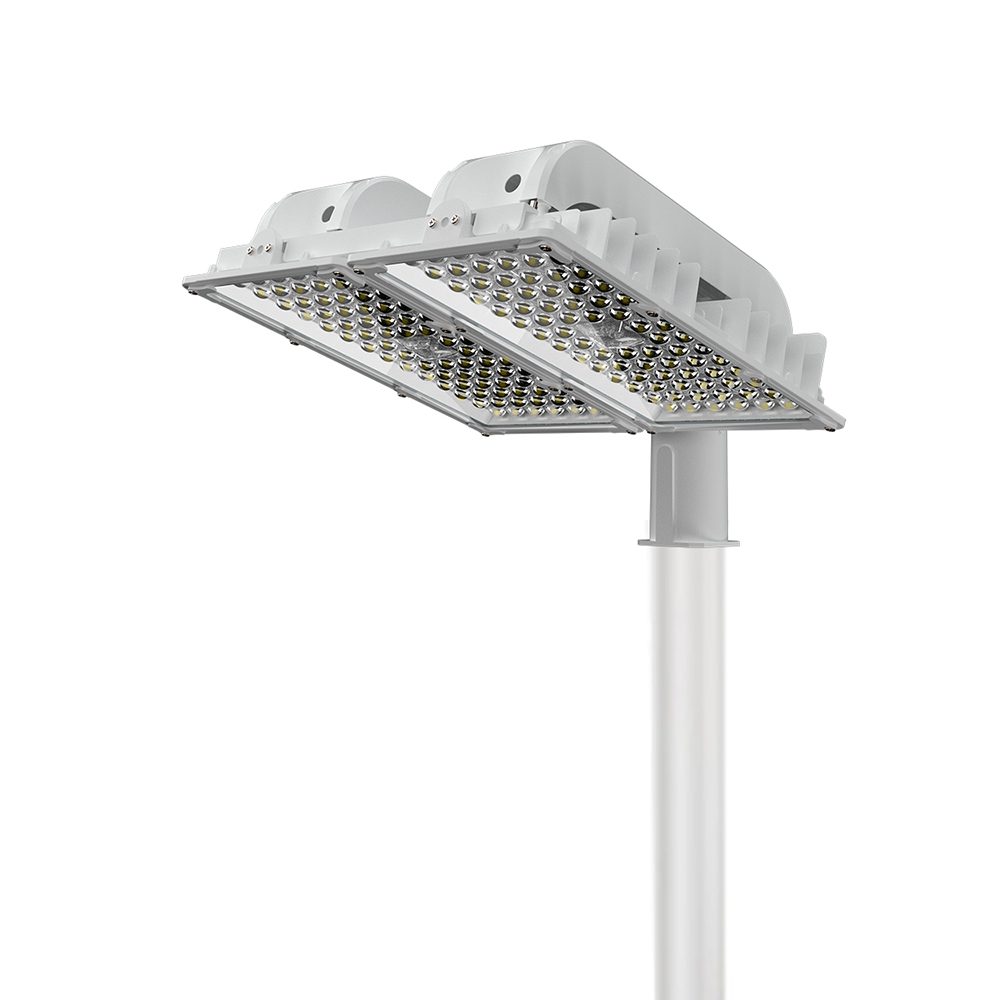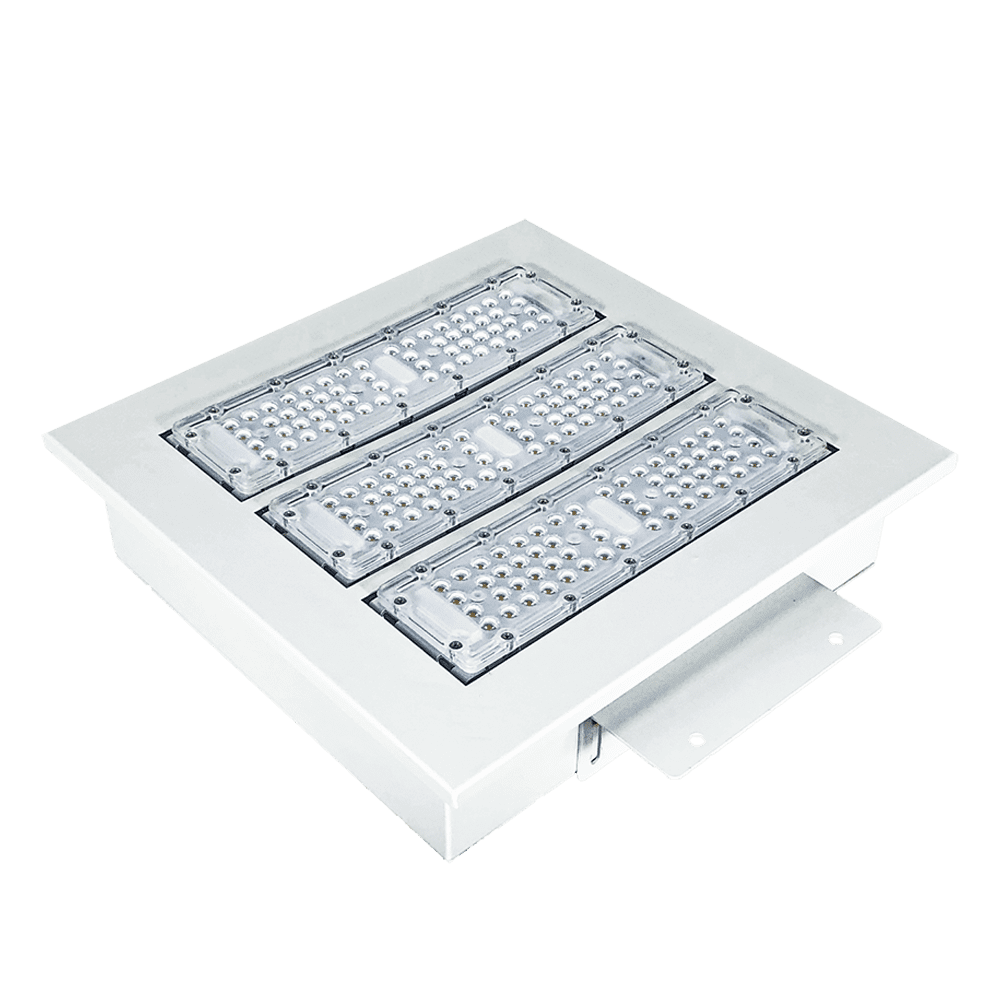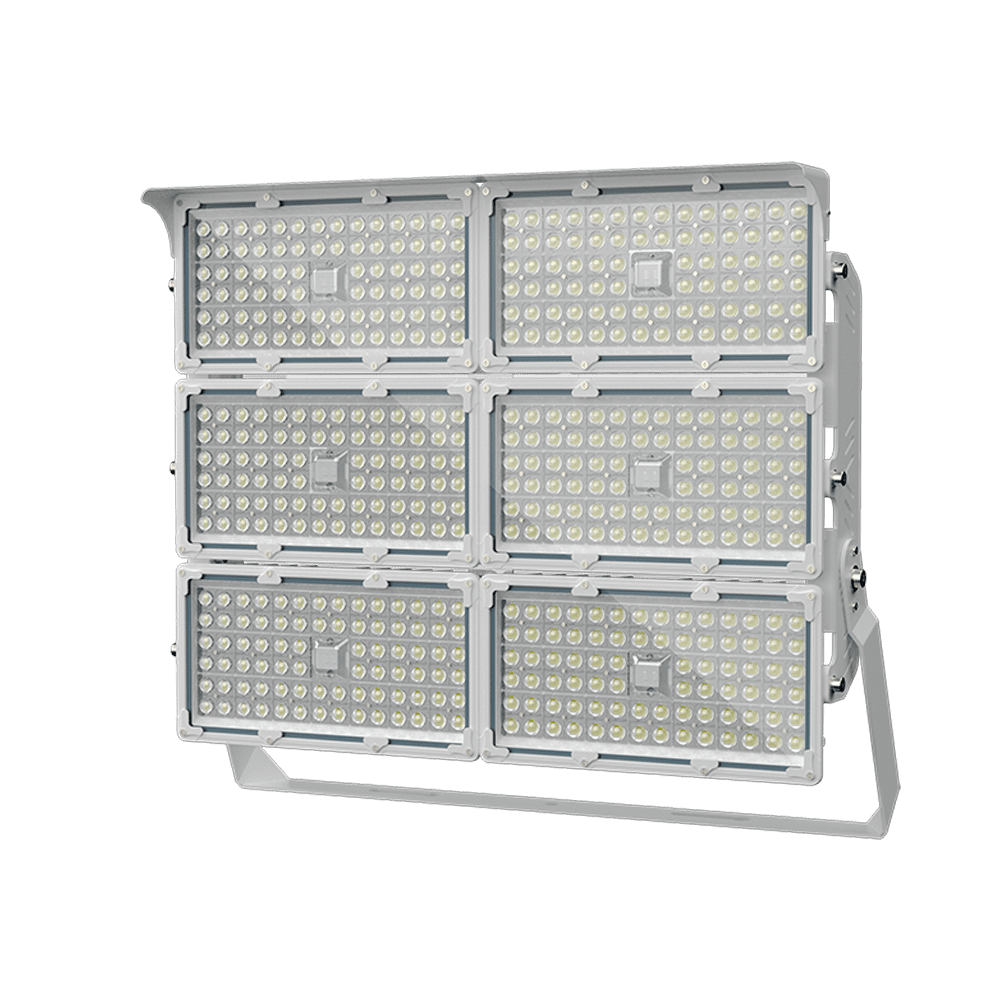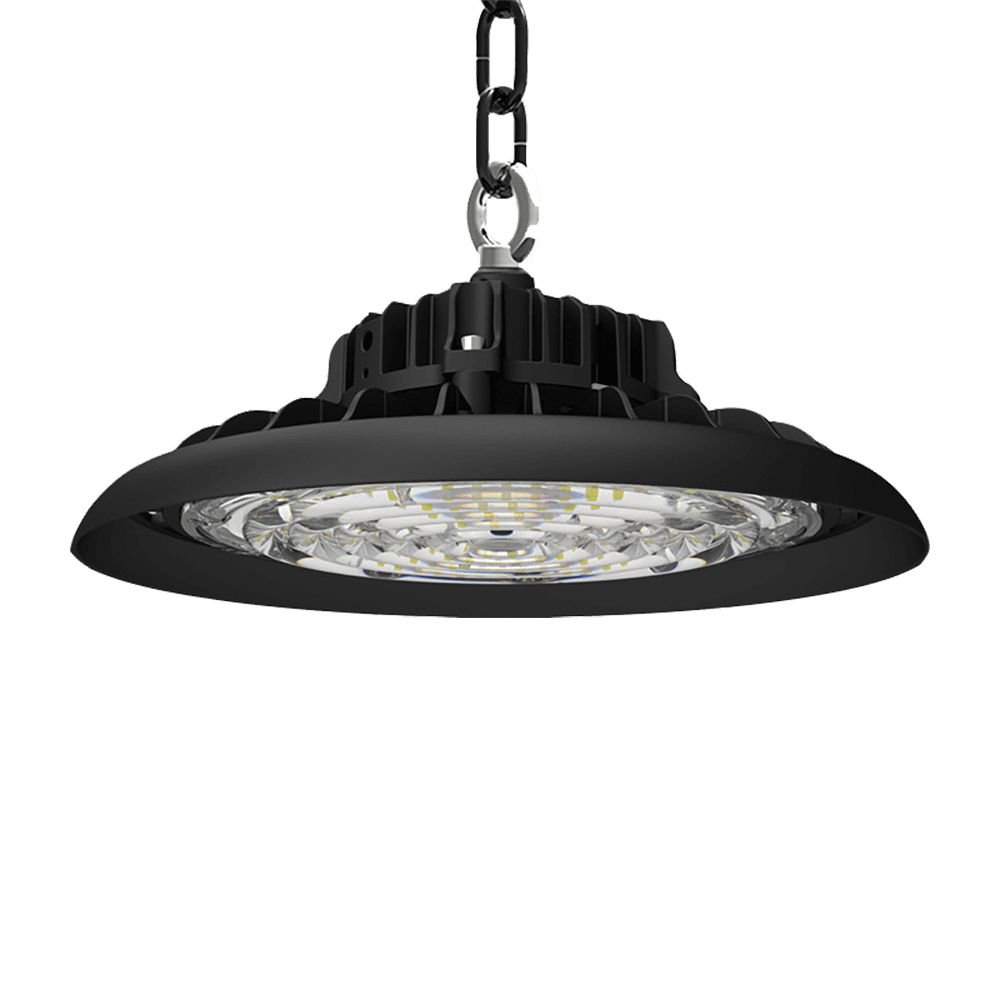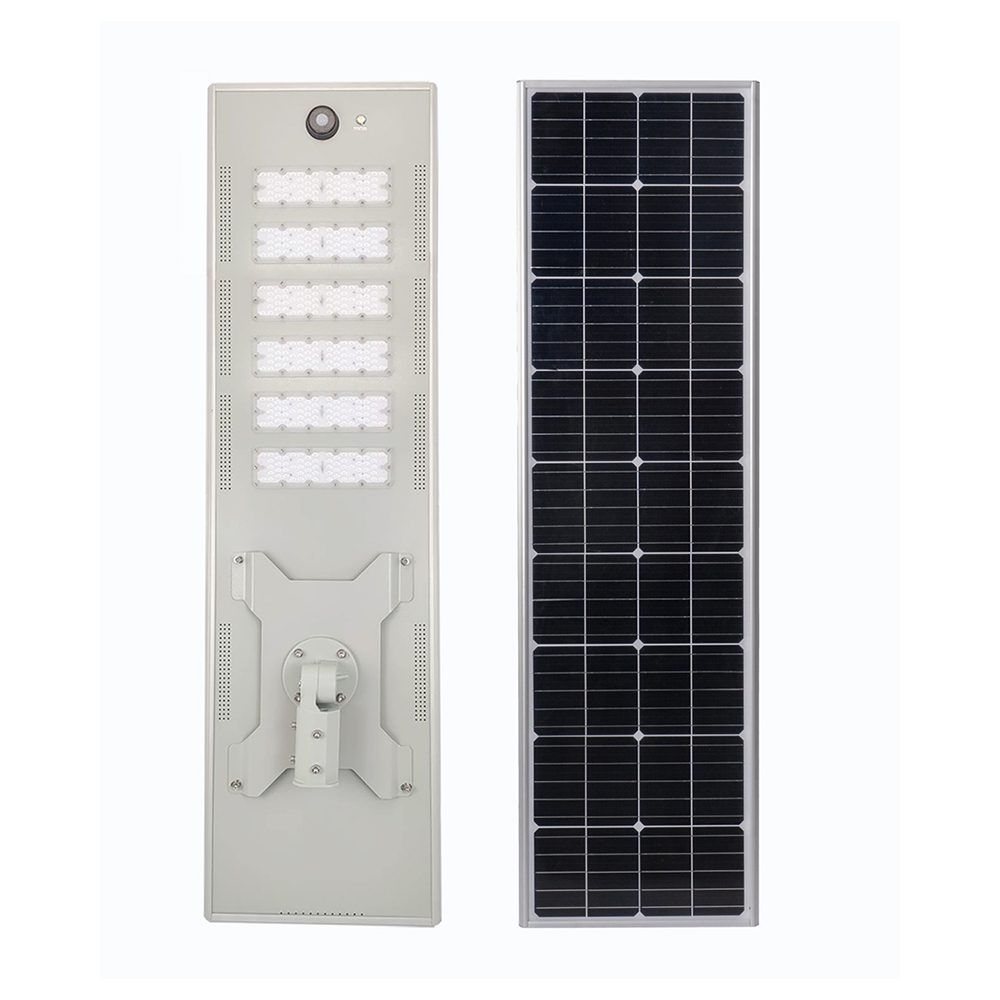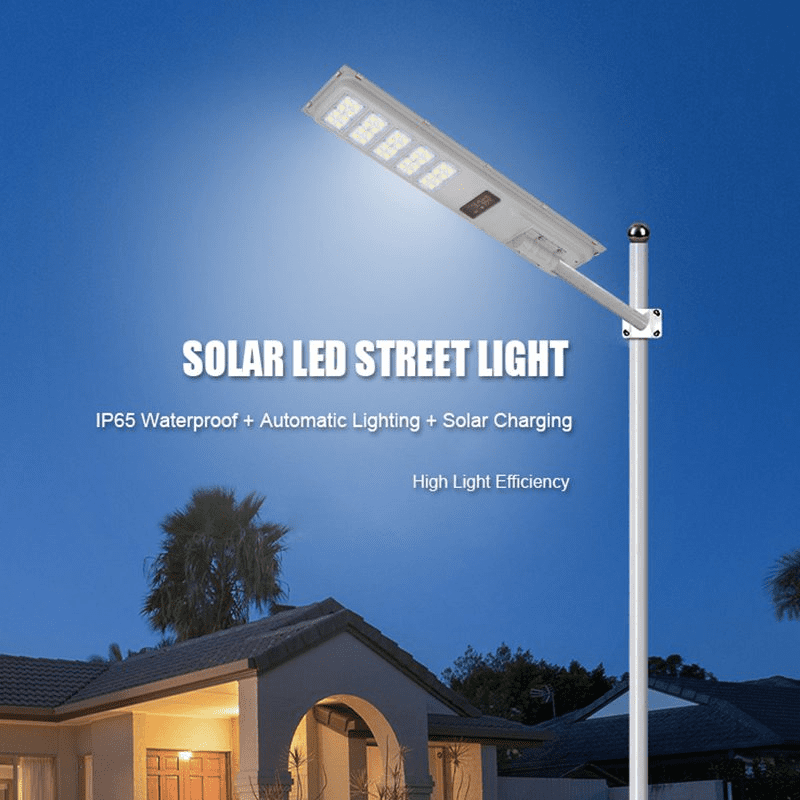With the rapid advancement of renewable energy technologies, solar street lights have become increasingly popular as an eco-friendly and energy-efficient lighting solution in urban and rural areas. When choosing solar street lights, the selection of the voltage system is a crucial factor. This article will compare the 3.2V and 12.8V systems, helping readers understand their main differences and suitable applications.
Differences in Voltage Levels
The primary difference between the 3.2V and 12.8V systems lies in their voltage levels. The 3.2V system typically uses lithium iron phosphate batteries (LiFePO4), known for their safety and stability. In contrast, the 12.8V system often employs lithium-ion or lead-acid batteries, suitable for medium to high power demands. The choice of voltage directly impacts the brightness and energy consumption of the street lights.
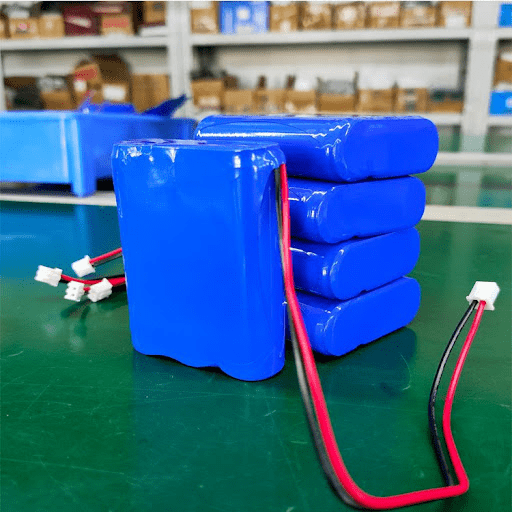
Different Application Scenarios
In practice, the 3.2V system is suitable for areas with low lighting requirements, such as pathways within residential communities or recreational areas in parks. These locations do not require high levels of illumination, and the 3.2V system can provide sufficient light without excessive power consumption.
Conversely, the 12.8V system is ideal for main roads, squares, and parking lots that require higher levels of brightness. These areas often have heavy foot traffic and need to ensure adequate safety and visibility. The 12.8V system can meet these demands, providing greater brightness and longer lighting durations.
Complexity of Component Configuration
In terms of component configuration, the 3.2V system is relatively simple to design. With smaller battery packs, installation and maintenance are straightforward, making it suitable for projects with limited budgets. However, this system has a relatively low energy storage capacity, which may not suffice for prolonged lighting needs, especially during cloudy days or winter.
The 12.8V system, on the other hand, has larger battery packs that may require multiple batteries connected in series, making its configuration more complex and installation costs higher. Nonetheless, this system can store more energy, thereby providing continuous lighting for extended periods, particularly in areas where longer illumination is required.

Impact of Energy Storage Capacity
Energy storage capacity is a critical factor when selecting solar street light systems. The 3.2V system, due to its smaller battery capacity, is suitable for short-term lighting needs. For situations where lighting is needed for brief periods, this system represents an economical choice.
In contrast, the 12.8V system offers greater energy storage, making it ideal for long-duration lighting needs. This system is especially beneficial during cloudy days or winter months, as it can store sufficient energy on sunny days to ensure functionality during periods of low sunlight.
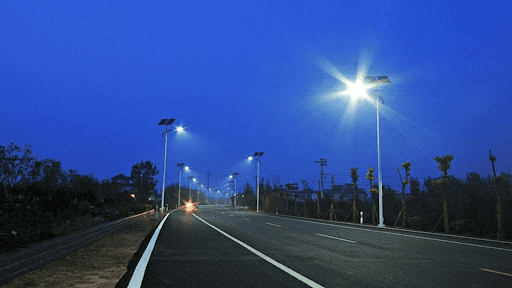
Considerations of Efficiency and Lifespan
Regarding efficiency and lifespan, the 3.2V system performs well in small applications but is limited in its broader applicability due to its lower voltage. The 12.8V system, however, not only boasts higher efficiency but usually has a longer lifespan, making it more attractive for long-term investments.
Although the initial investment for the 12.8V system is higher, its superior energy output and durability may reduce overall costs over time. Therefore, selecting the appropriate system requires consideration of both initial costs and long-term maintenance and efficiency.
In summary, both the 3.2V and 12.8V solar street light systems have their advantages and disadvantages, making them suitable for different applications. When choosing the right system, it is essential to consider actual needs, budget constraints, and expected maintenance costs comprehensively. For low-light requirements, the 3.2V system may be an economical choice, while the 12.8V system is more suitable for areas needing high brightness and extended lighting.
As technology continues to advance, the efficiency, cost, and reliability of solar street light systems will improve, contributing further to sustainable development in urban and rural settings. Regardless of the system chosen, ensuring that it meets actual needs, enhances public safety, and conserves energy remains our primary goal.

